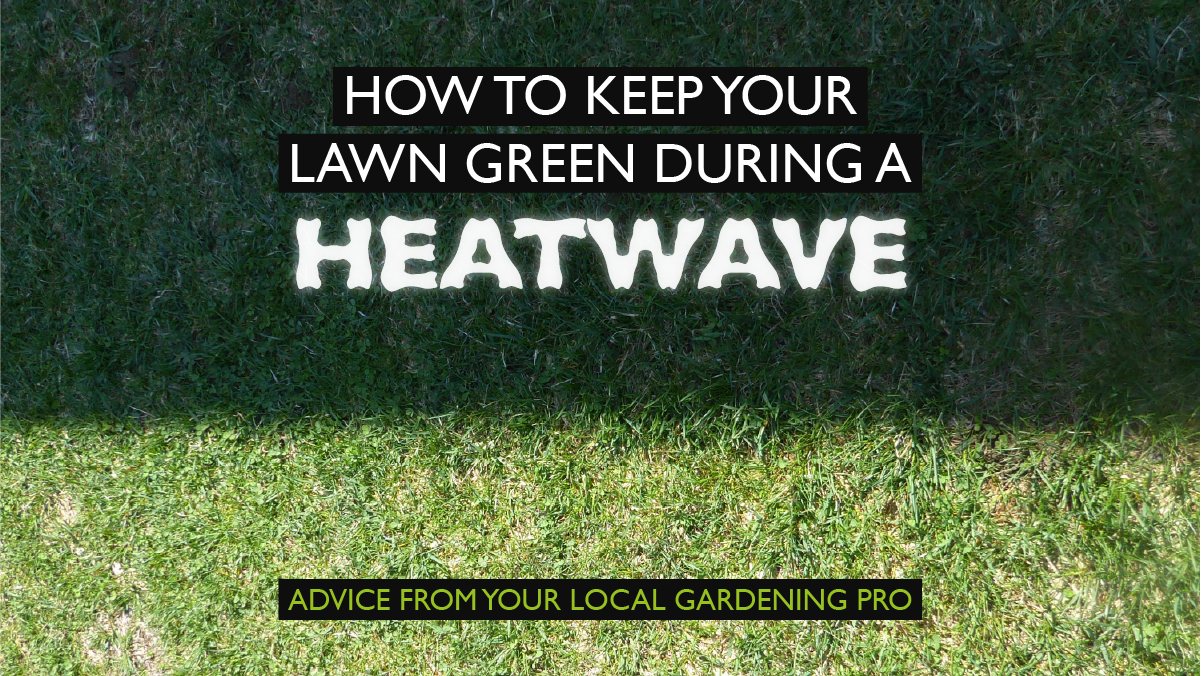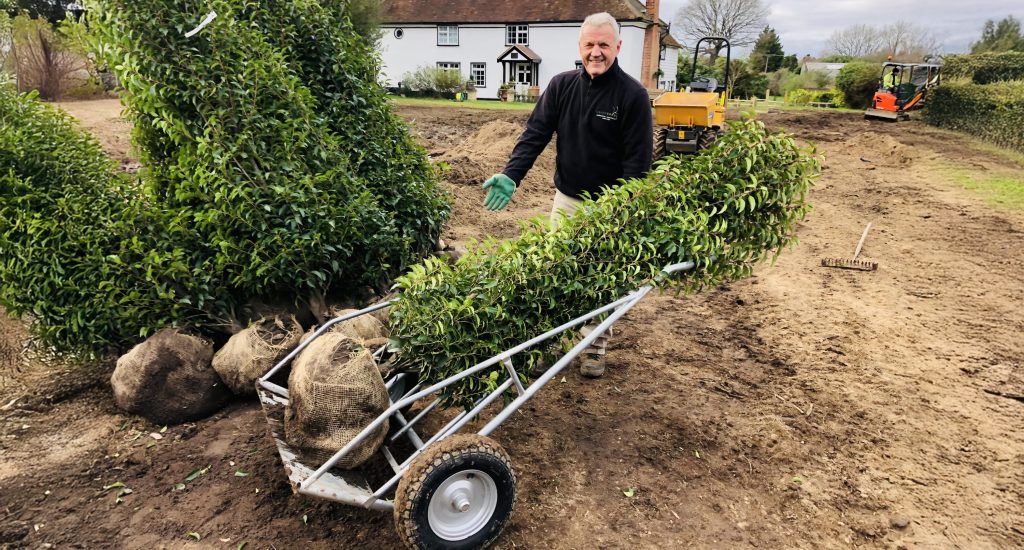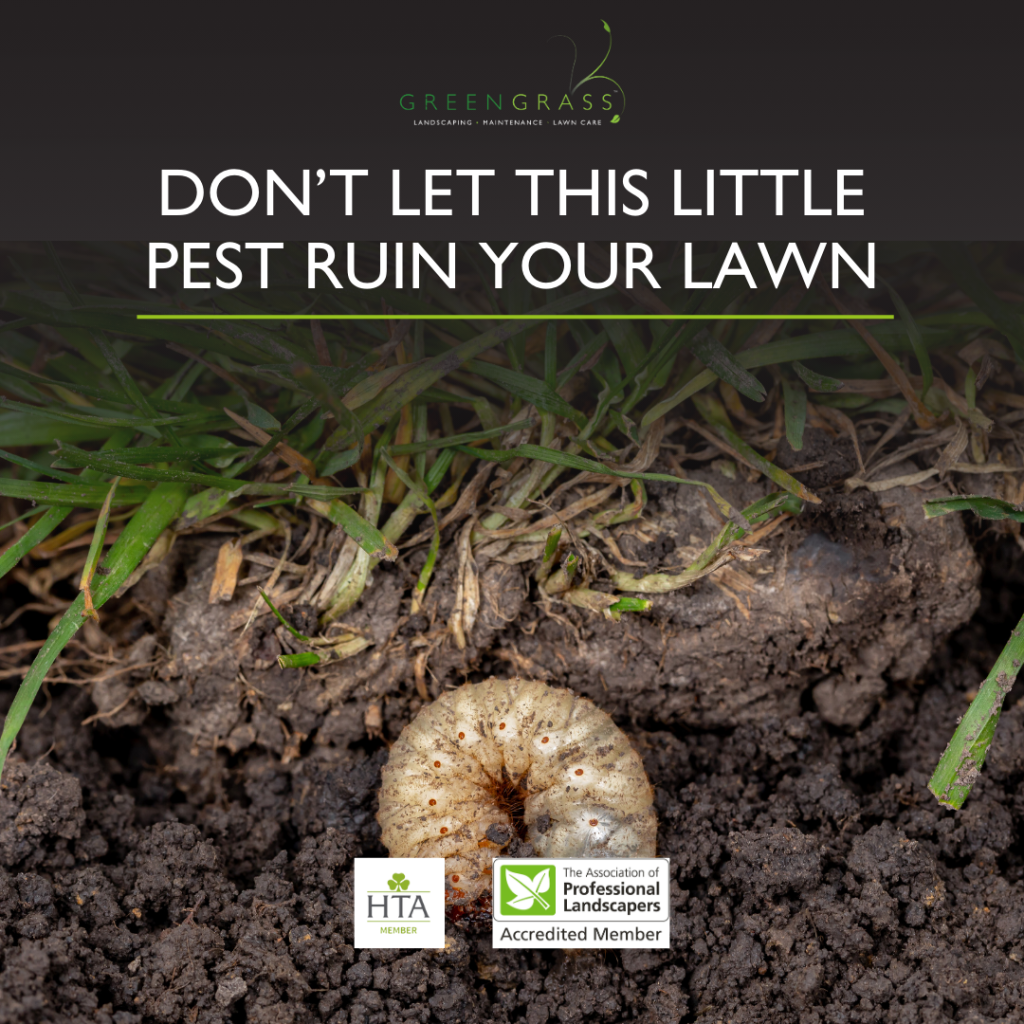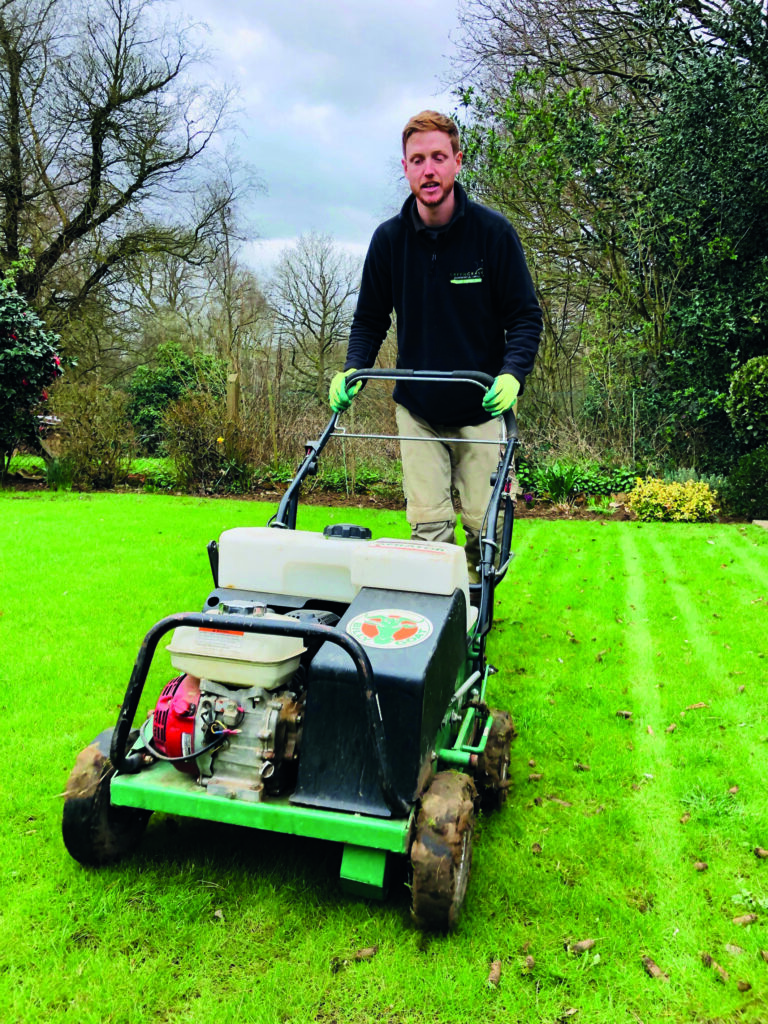


Advice from your Local Gardening Pro
The summer of 2025 is shaping up to be one of the hottest on record, especially here in Essex and Suffolk, where rainfall is already scarce. For homeowners trying to maintain a healthy lawn, the heatwave presents a serious challenge.
“If you want truly green grass in this heat,” says Nick our MD, “you need to water it thoroughly with a sprinkler for 40 minutes to an hour every other day. That’s enough to soak the soil and encourage deep root growth — the key to healthy lawns in hot weather.”
However, Nick knows that not everyone has the time or patience to move a sprinkler around the garden every other day. In that case, watering every 3 to 4 days is a minimum to keep the grass growing and retain some colour — although expect it to be less vibrant than a fully watered lawn.
Looking at the statics available gardens in the East of England are on average around 335 m²—well above the national average of 255 m². That means many Essex and Suffolk homeowners are working with larger-than-average lawns, which need more time and care to keep green during hot spells. Meanwhile, data from the Office for National Statistics shows that residential gardens make up nearly 5% of all land in England — a reminder of just how important garden spaces are across the country.
Nick’s top tips for lawn watering during hot, dry weather:
- Use a garden sprinkler that covers as much area as possible and be prepared to move it around the garden to reach all areas.
- Water early in the morning or late evening to reduce evaporation.
- Prioritise deep watering over frequent light watering – this helps roots grow deeper and handle heat better.
- Check for local hosepipe bans – if reservoir levels drop, restrictions may come into effect later in the summer.
Will your lawn grow back next year if you don’t water?
This is the key question every homeowner asks us. Most lawns in the UK are made up of cool-season grasses like perennial ryegrass and fescues which are remarkably resilient. If well established and healthy when going into a drought they can survive by going dormant. This means your lawn will turn brown, stop growing above the ground, but keep the grass roots alive below for 4-6 weeks without any rain or watering.
Here’s Nick’s essential advice for your lawn when drought sets in:
- Avoid excessive wear and tear
- Don’t mow but if you must make sure you set your blades high, so you don’t scalp the lawn
- Selectively treat weeds and moss as these will continue to grow
- Consider selective watering choosing the area most visible or used to water whilst leaving the remainder of the lawn to go dormant.
- Plan to overseed or patch-repair in the autumn if needed
Who should you call?
Finally, if this is all too much, you know who to call! Greengrass – we really know our stuff when it comes to lawns, like we say in our name, we’re all about green grass!





